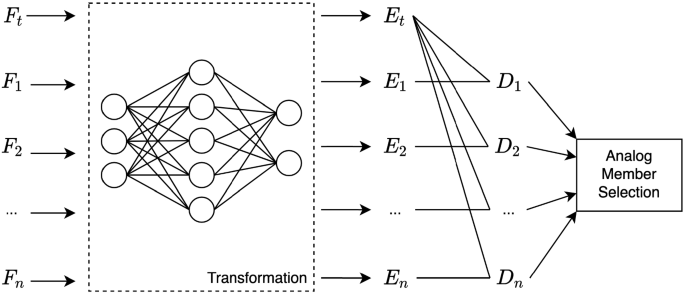2023-05-23 ペンシルベニア州立大学(PennState)
◆ペンシルベニア州の2017年から2019年までの風速と日射量の予測を分析し、機械学習によるアナログ予測の精度向上を示しました。この手法は、風力や太陽光予測の精度を改善できることを示しています。アナログ予測は数値予測モデル(NWP)の代替手法であり、複数のシミュレーションを実行する必要がなく、コンピュータの処理負荷やコストを削減できます。機械学習技術は予測精度を向上させ、将来の天候予測においてより多くの要素を活用できる可能性があります。
<関連情報>
- https://www.psu.edu/news/earth-and-mineral-sciences/story/machine-learning-technology-boosts-analog-weather-forecasting/
- https://link.springer.com/article/10.1007/s10546-022-00779-6
地表付近の変数を機械学習した気象アナロジー Machine Learning Weather Analogs for Near-Surface Variables
Weiming Hu,Guido Cervone,George Young & Luca Delle Monache
Boundary-Layer Meteorology Published:12 January 2023
DOI:https://doi.org/10.1007/s10546-022-00779-6

Abstract
Numerical weather prediction models and high-performance computing have significantly improved our ability to model near-surface variables, but their uncertainty quantification still remains a challenging task. Ensembles are usually produced to depict a series of possible future states of the atmosphere, as a means to quantify the prediction uncertainty, but this requires multiple instantiation of the model, leading to an increased computational cost. Weather analogs, alternatively, can be used to generate ensembles without repeated model runs. The analog ensemble (AnEn) is a technique to identify similar weather patterns for near-surface variables and quantify forecast uncertainty. Analogs are chosen based on a similarity metric that calculates the weighted multivariate Euclidean distance. However, identifying optimal weights for similarity metric becomes a bottleneck because it involves performing a constrained exhaustive search. As a result, only a few predictors were selected and optimized in previous AnEn studies. A new machine learning similarity metric is proposed to improve the theoretical framework on how weather analogs are identified. First, a deep learning network is trained to generate latent features using all the temporal multivariate input predictors. Analogs are then selected in this latent space, rather than the original predictor space. The proposed method does not require prior predictor selection and an exhaustive search, thus presenting a significant computational benefit and scalability. It is tested for surface wind speed and solar irradiance forecasts in Pennsylvania from 2017 to 2019. Results show that the proposed method is capable of handling a large number of predictors, and it outperforms the original similarity metric in RMSE, bias, and CRPS. Since the data-driven transformation network is trained using the historical record, the proposed method has been found to be more flexible for searching through a longer record.



